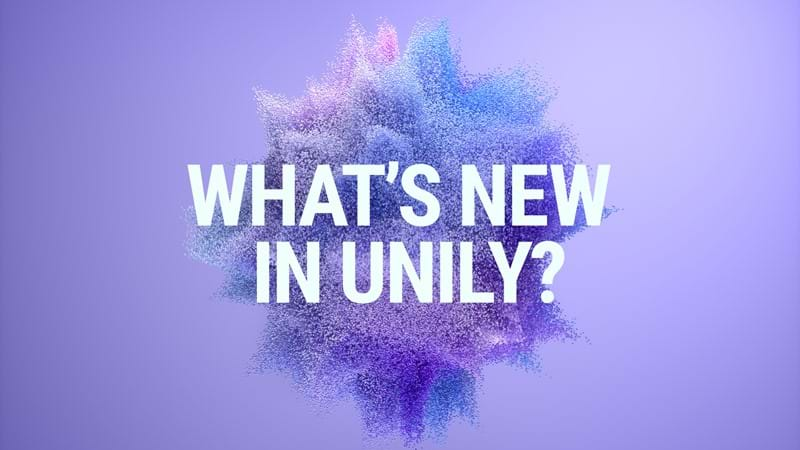Graduating from SharePoint Workflows with Office 365
It’s time to leave SharePoint Workflows behind. I say this with a heavy heart. I was a fan of SharePoint Workflows from the very first time I discovered them back in 2007, but they’ve proved too inflexible and too difficult to manage effectively in large organizations.

The good news is there is a replacement in the form of Microsoft Flow, a cloud workflow model that seems very promising. Let’s explore how SharePoint Workflows came to be and why they no longer meet the needs of the average power user.
Workflows: A brief history
SharePoint 2007 introduced the concept of workflows into the product. The promise from MS was, “Now you can use SharePoint to help you automate some of the processes in your business; you’ll get a whole lot more for your investment.” A strategy and process consultant like me was thrilled by the potential. Being able to automate smaller processes within orgs and not having to worry about budget or finding a dev internally was, and still is, a game-changer. Feeding off the excitement from power users and the rest of the community, Microsoft continued to update workflows in SharePoint 2010 and 2013, adding more functionality and continuing to refine them just enough to keep them valuable for some narrow use cases.
Something better this way comes
With the release of SharePoint 2016, Microsoft decided to forgo enhancements to Workflows (they didn’t even release a new version of SharePoint Designer for 2016) in favor of alternatives for managing automation in SharePoint. Your workflows would still work, but they wouldn’t be doing any more with them for the future of SharePoint.
So, what happened? The cloud. Microsoft needed to find another way to scale workflows for all the new users of their Office 365 platform, and SharePoint Workflows were not going to cut it. It took some time, but they finally released Microsoft Flow and the product has improved by leaps and bounds over the last year.
Flow (and its cousin, PowerApps) are set to replace traditional SharePoint Workflows, and that’s a good thing. We finally have a workflow solution that can work with other data sources and promises to be continually updated for the foreseeable future without requiring us to upgrade anything. Flow and PowerApps “just work”.
Where do we go from here?
It’s time for organizations to start planning what to do with their legacy workflows. Even if you’re not ready to make the move right now, you should have a plan in place for the next year to start evaluating which workflows you want to keep in your organization, which need to be retired, and which need to be updated for the new realities of your business.
In many ways, Flow is a much more flexible platform for automation than SharePoint workflows ever were. You can connect to many more data sources than SharePoint Workflows and, for the occasional flow that needs extra attention and governance, you can migrate them to Azure Logic Apps, Microsoft’s more robust workflow solution for cross-enterprise automation.
By moving down this new path for automation in your organization, you’re getting closer to the promise of the digital workplace.
At the moment, Flow isn't integrated with Unily, but we're looking forward to seeing how this develops as the roadmap moves on. Watch this space!















